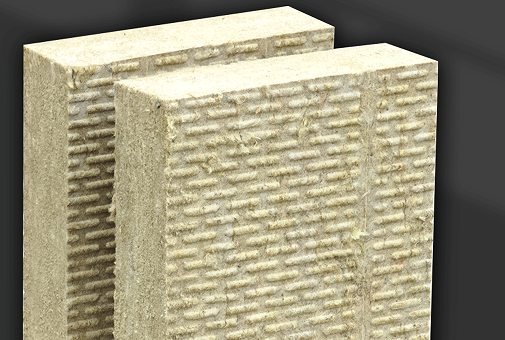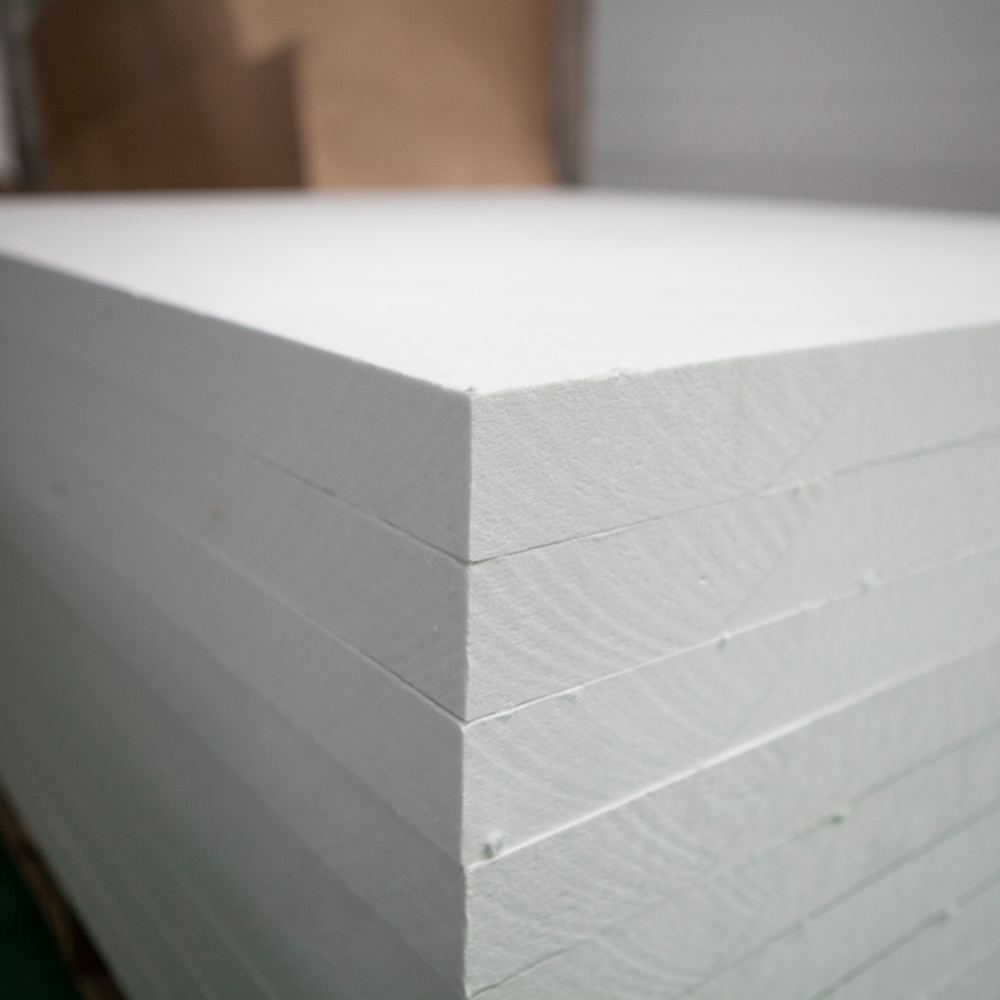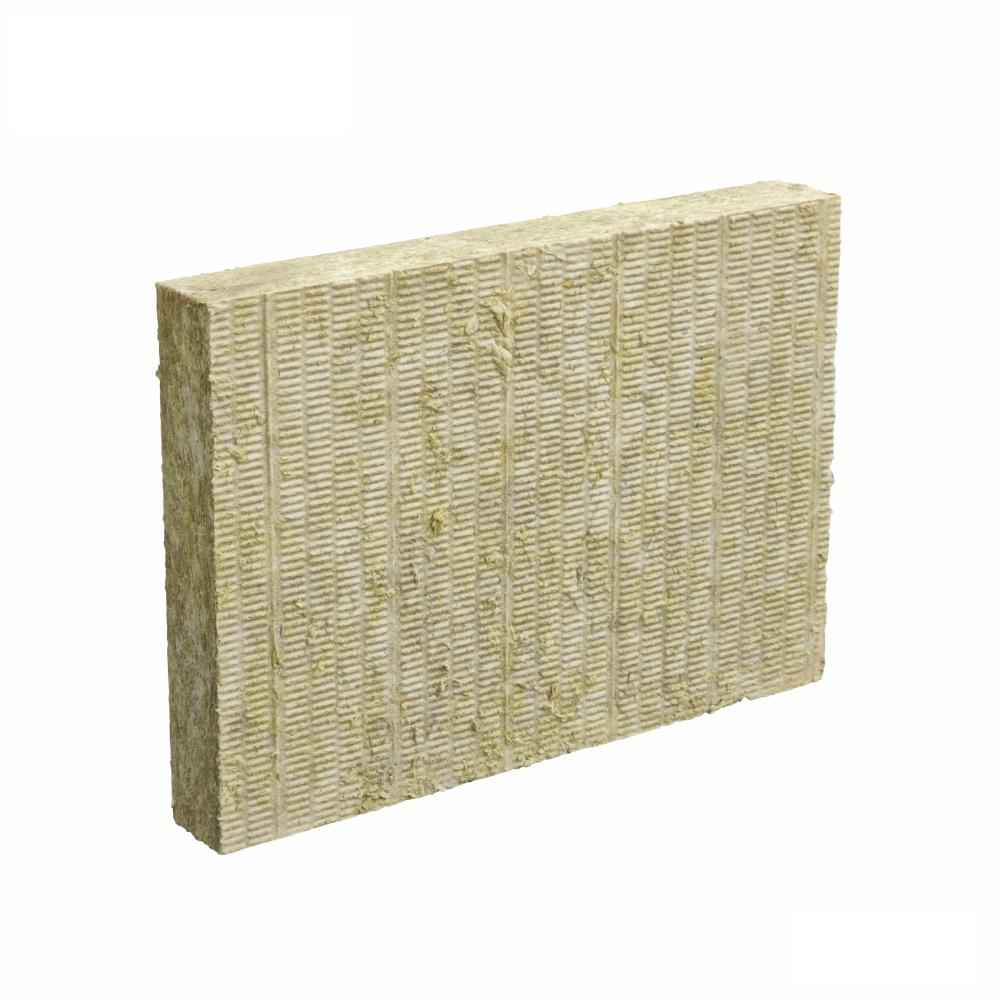Ceramic fiber boards are essential for high-temperature insulation in kilns, furnaces, and industrial equipment. However, cutting these brittle, lightweight boards requires precision to avoid cracking, fiber release, and wasted material. This guide covers safe methods, recommended tools, and expert tips to achieve clean cuts while minimizing health risks from airborne fibers.
Choose tools based on board thickness and project scale:
| Tool | Best For | Thickness Range |
|---|---|---|
| Utility Knife | Thin boards (≤1 inch/25mm), DIY jobs | Up to 1 inch (25mm) |
| Hand Saw | Medium cuts (1-2 inches/25-50mm) | 1-2 inches (25-50mm) |
| Electric Jigsaw | Thick boards (≥2 inches/50mm) | 2-4 inches (50-100mm) |
| CNC Router | Industrial precision, complex shapes | Any thickness |
Safety Tip: Always wear an N95 mask, safety goggles, and gloves to protect against irritant fibers.
Step 1: Measure and Mark
Step 2: Score the Surface (For Thin Boards)
Step 3: Saw Through Thicker Boards
Step 4: Smooth the Edges
Q: Can I use a regular wood saw?
A: Yes, but ensure it has fine teeth. Coarse blades tear fibers.
Q: How to cut holes in ceramic fiber boards?
A: Use a hole saw or spade bit at low RPM for clean circles.
Q: Is ceramic fiber board toxic when cut?
A: Non-toxic but irritant. Follow OSHA guidelines (29 CFR 1910.1001).
With the right tools and techniques, cutting ceramic fiber boards becomes straightforward. Prioritize safety, precision, and dust control to extend the lifespan of your insulation projects. For large-scale industrial needs, consult certified suppliers offering pre-cut ceramic boards to save time.


